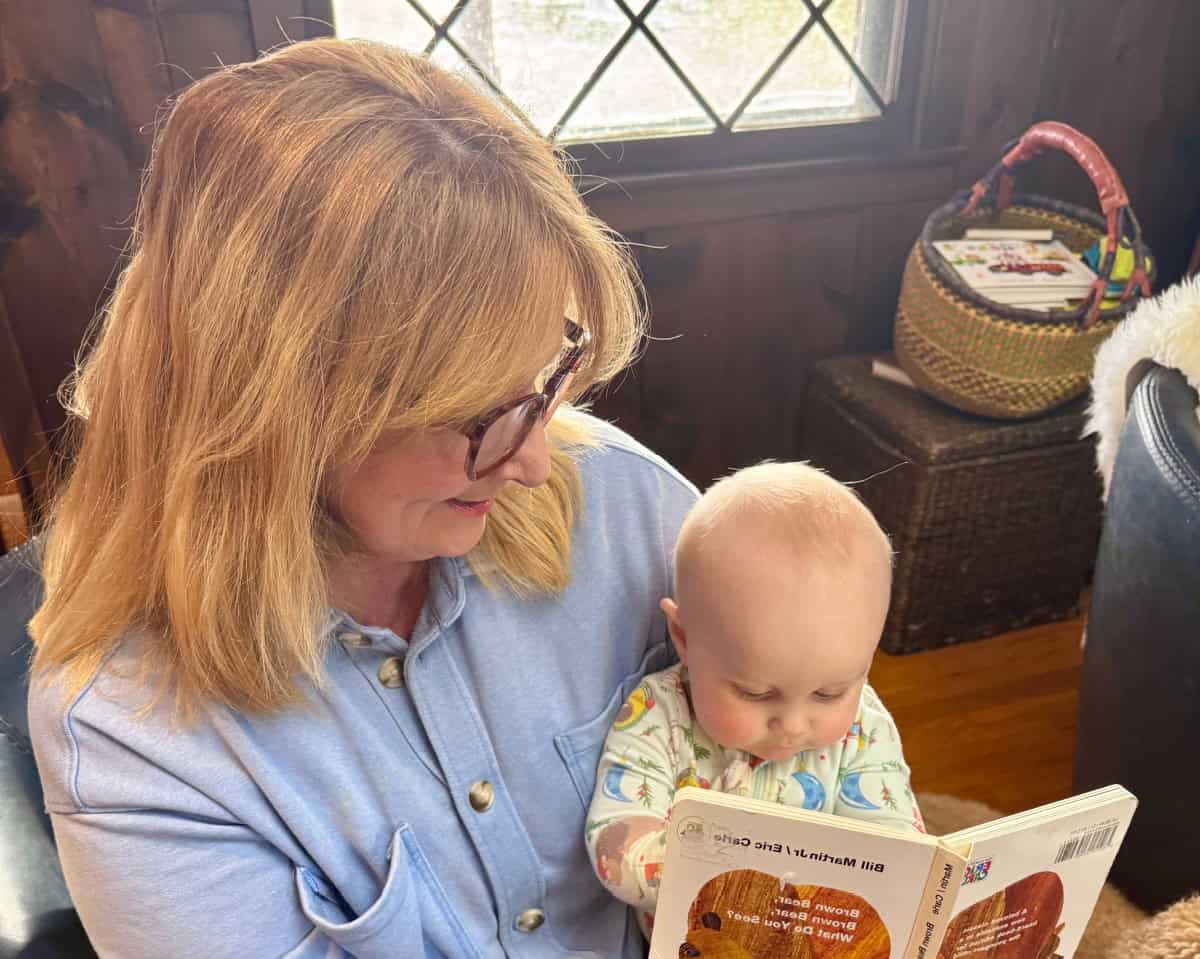
Nearly 6 percent of children who presented to the Emergency Department (ED) with COVID-19 reported symptoms of long COVID 90 days later, according to a study conducted in eight countries and published in JAMA Network Open. Initial hospitalization of 48 or more hours, four or more symptoms at the initial ED visit, and age 14 years or older were associated with long COVID.
“We found that in some children, illness with COVID-19 is associated with reporting persistent symptoms after 3 months,” said Principal Investigator Stephen Freedman, MDCM, MSc, with the Cumming School of Medicine at University of Calgary, and Alberta Health Services. “Our results suggest that appropriate guidance and follow-up are needed, especially for children at high risk for long COVID.”
The study included 1,884 children with COVID-19 who had 90-day follow-up. Long COVID was found in nearly 10 percent of hospitalized children and 5 percent in children discharged from the ED.
“Reported rates of long COVID in adults are substantially higher than what we found in children,” said Co-Principal Investigator Nathan Kuppermann, MD, MPH, from University of California, Davis School of Medicine, Sacramento. “Our findings can inform public health policy decisions regarding COVID-19 mitigation strategies for children and screening approaches for long COVID among those with severe infections.”
The most reported persistent symptoms in children were fatigue or weakness, cough, difficulty breathing or shortness of breath.
“Our finding that children who had multiple COVID-19 symptoms initially were at higher risk for long COVID is consistent with studies in adults,” said Co-Principal Investigator Todd Florin, MD, MSCE, from Ann & Robert H. Lurie Children’s Hospital of Chicago and Northwestern University Feinberg School of Medicine. “Unfortunately, there are no known therapies for long COVID in children and more research is needed in this area. However, if symptoms are significant, treatment targeting the symptoms is most important. Multidisciplinary care is warranted if symptoms are impacting quality of life.”
Source:
Ann & Robert H. Lurie Children’s Hospital of Chicago
Journal reference:
10.1001/jamanetworkopen.2022.23253

 PARENTING TIPS
PARENTING TIPS







 PREGNANCY
PREGNANCY








 BABY CARE
BABY CARE








 TODDLERS
TODDLERS








 TEENS
TEENS








 HEALTH CARE
HEALTH CARE






 ACTIVITIES & CRAFTS
ACTIVITIES & CRAFTS








 CONTACT
CONTACT ABOUT
ABOUT


